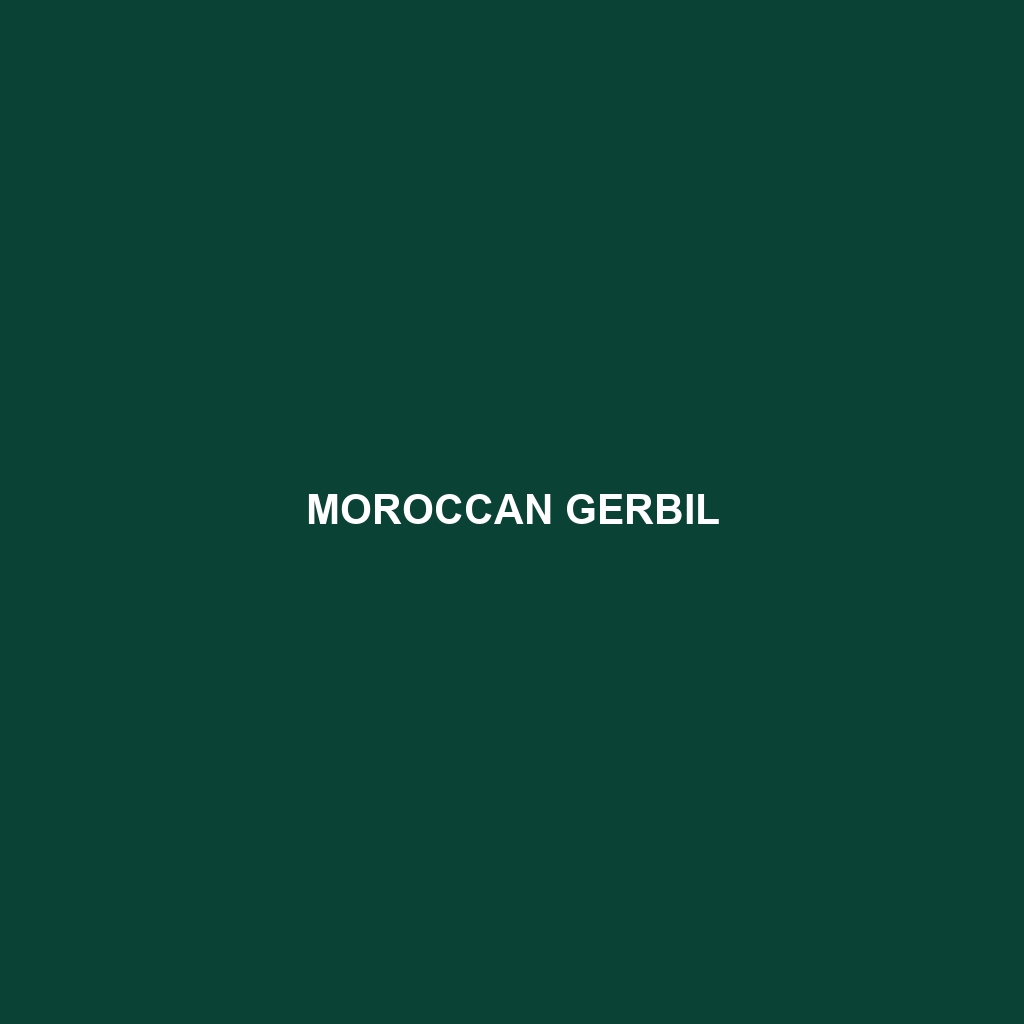Common Name: Moroccan Gerbil
Scientific Name: Gerbillus campestris
Habitat:
The Moroccan Gerbil is primarily found in the arid and semi-arid regions of northern Africa, especially in Morocco and parts of Algeria. These small rodents thrive in sandy and rocky deserts, preferring areas with sparse vegetation, which provides both shelter and food sources.
Physical Characteristics:
Moroccan Gerbils are small, with an average body length of 15 to 20 cm (5.9 to 7.9 inches) excluding their long tails, which can be equally long. Their color varies from sandy yellow to light brown, often with a pale underside. Notable features include large eyes, long whiskers, and furry, tufted tails, which help maintain balance while they navigate their rugged habitat.
Behavior:
Moroccan Gerbils are primarily nocturnal, coming out at night to avoid the desert heat. They are known for their burrowing behavior, digging intricate tunnel systems that provide protection from predators and extreme temperatures. These gerbils are also social animals, often living in small groups, which enhances their survival and foraging efficiency.
Diet:
The diet of the Moroccan Gerbil consists mainly of seeds, roots, and plants, making them herbivorous. They have adapted to their dry environment by storing fat and water in their bodies, allowing them to survive long periods without access to water. Their feeding habits include foraging for seeds underground, where they also create caches of food for later consumption.
Reproduction:
Moroccan Gerbils typically breed throughout the year, with peak breeding seasons occurring during the cooler months when food is more abundant. After a gestation period of about 24 days, the female gives birth to litters of 3 to 5 young. The young are weaned after a few weeks and are often independent shortly afterward.
Conservation Status:
As of the latest assessments, the Moroccan Gerbil is classified as “Least Concern” by the IUCN, although habitat destruction and climate change pose potential threats. Continued monitoring is essential to ensure that this species remains stable in its natural environment.
Interesting Facts:
Moroccan Gerbils can jump over two feet in length, a remarkable trait that aids in escaping predators. They have also gained popularity as pets due to their friendly disposition and manageable size. Their adaptability to harsh environments showcases their evolution as resilient creatures.
Role in Ecosystem:
In their ecosystem, Moroccan Gerbils play a crucial role in seed dispersal, helping to maintain the balance of plant communities in their habitat. They are also a source of food for various predators, including foxes and birds of prey, thereby contributing to the food web dynamics of desert ecosystems.
